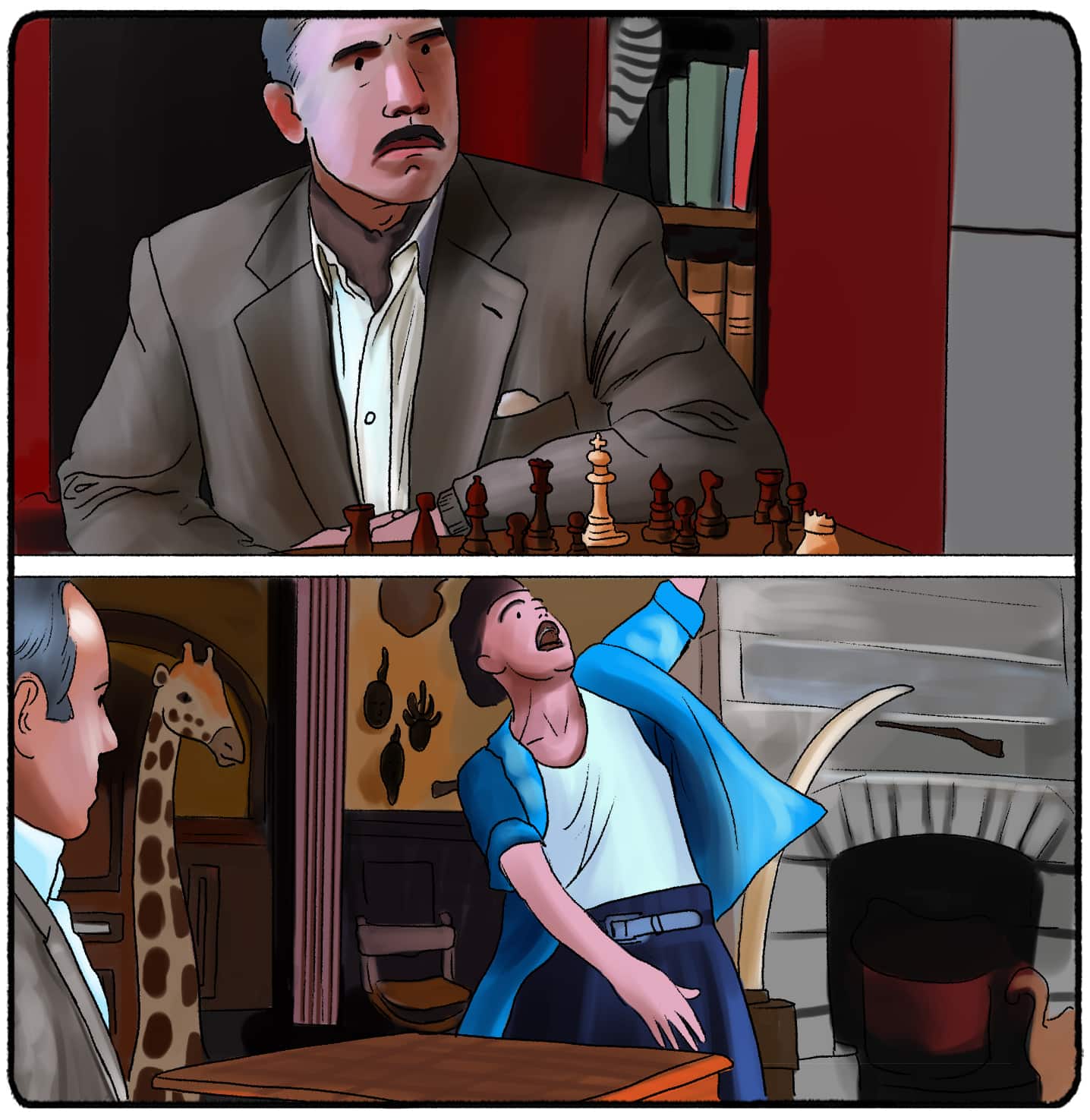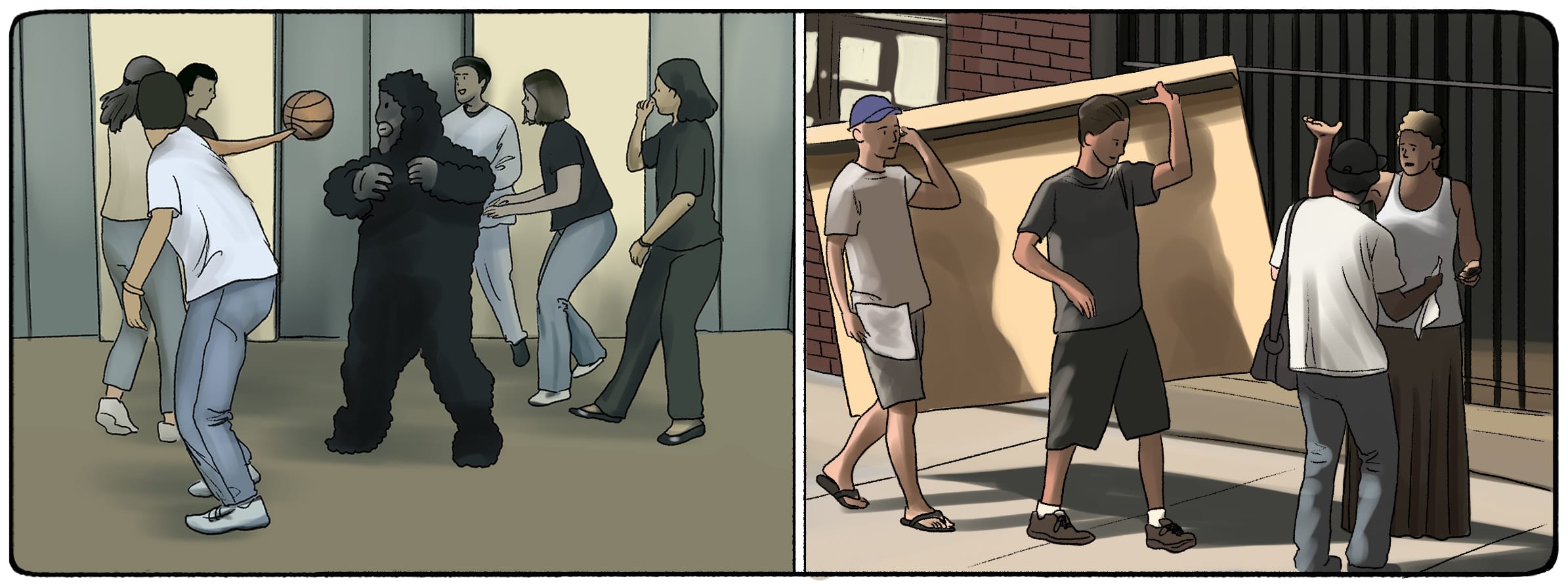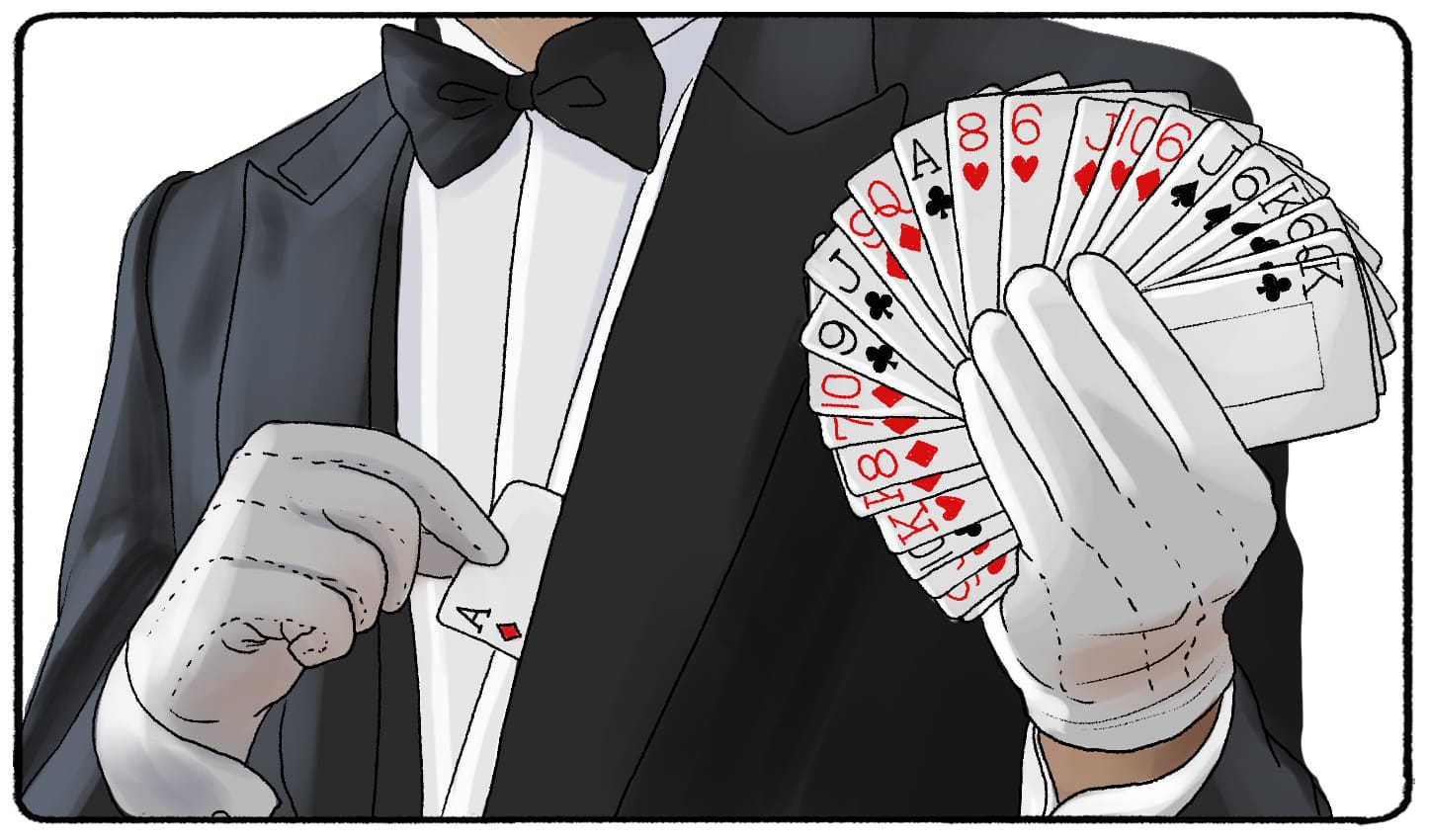Have you ever seen a movie with continuity errors? It's astounding how many we fail to notice. Interestingly, about 58% of people don't spot these errors due to a phenomenon known as change blindness. This intriguing facet of perception reveals how much our brains can sometimes miss, even when the information is right before our eyes!
What Is Change Blindness?
Change Blindness is a cognitive glitch wherein people fail to detect visual environmental changes. They might seem unmistakably evident if you're actively looking for these changes. Yet, if you’re preoccupied, or something else distracts you, these changes might completely elude your observation, no matter how glaring.
Examples of Change Blindness In Movies
Creating a movie is meticulous, but continuity errors occasionally make it to the final cut. In fact, according to a schema that details common cinematic mistakes, about 32% of all movie errors are related to change blindness.
For instance:
- In the movie New Moon, Jacob’s tattoo relocates! Sometimes, it's higher up, lower down.
- Blade Runner has its share of the evident stunt double and the contrasting weather conditions between scenes.
- And who could forget Ace Ventura: When Nature Calls, where a packed chessboard suddenly becomes empty and then refills mysteriously?

Inattentional Blindness vs. Change Blindness

In 1999, psychologists Chris Chabris and Dan Simons conducted what is now known as “The Invisible Gorilla Experiment.” Participants watched a video of people passing basketballs back and forth in the experiment. They were instructed to count how many times the basketballs were passed.
During the video, a person in a gorilla suit walked through the circle. But a shocking number of participants didn’t notice the gorilla’s presence.
This experiment led to the creation of the term “inattentional blindness.” This term is often confused with change blindness. Let’s go over the difference between these two phenomena.
Inattentional blindness is failing to recognize visual objects when focused on something else. The participants were so focused on the people passing the basketballs that they failed to see the gorilla.
If the gorilla had always been in the environment, but participants failed to see the gorilla change fur colors or put on a shirt, then change blindness would have occurred.
Change blindness is the failure to notice changes to visual objects as they happen. During the change, you have recognized all the visual objects in your environment. You don’t see when those objects have shifted, transformed, or changed entirely.
A sharp focus on something in your environment causes inattentional blindness. A lack of focus or other factors may cause change blindness.
What Causes Change Blindness?
There are a few reasons why we might experience change blindness, including:
- Distractions
- Expectations
- Manipulation
Distraction
Would the change blindness experiment have also worked if the door hadn’t passed before the pedestrian and the actor? No! Without the door, the pedestrian would have remained focused on the actor, and it would have been easy to notice the change. But a distraction takes our attention away from the visual object that changes; therefore, we don’t see the change happening.
Expectations
Take the scene in Ace Ventura. We can take in the scene with the chess board, Jim Carrey, and Vincent Cadby. Several shots include the chess board filled with pieces.
A lot goes on as the camera cuts back and forth, but we’re in the same room. When we get to the scene without the chess pieces, our minds have already started to “fill in the blanks.” We don’t have to visually process every piece of the set the cameras are showing - that would be exhausting. We expect there to be chess pieces on the board. Why wouldn’t there be? Plus, we have to hear how Ace will solve the case!
So our mind takes “shortcuts” and fills in the blanks. Unfortunately, this often means filling in the blanks where changes have occurred.
Manipulation
Change blindness doesn’t always happen by accident. Movie magic (or magic tricks) is made more exciting by change blindness. When manipulation goes wrong, we see blatant changes between actors and their stunt double. When the scene is manipulated just right, we notice no difference.

A Brief History of Discovering Change Blindness
This phenomenon came into the limelight in 1995 when researchers explored why movie continuity errors bypass viewers. The introduction of a flicker or an intervening shot, like Bella's scenes in New Moon, enhanced the occurrence of change blindness.
Furthermore, a 1998 study titled “Failure to detect changes to people during a real-world interaction” showcased that change blindness isn't just restricted to screens. Remarkably, 50% of the participants didn't detect the actor switch during an in-person interaction!
Who Discovered Change Blindness?
In 1995, researchers studied how continuity errors could go completely unnoticed by viewers. They found that these errors were more likely to go unnoticed if there was a flicker in the screen between changes. Viewers might have noticed Jacob’s tattoo moving up and down his arm, but they probably didn’t because it was interrupted by shots of Bella or other shots in the movie.
Changes in Pedestrians
One of the most famous studies on change blindness took place shortly after the study on continuity errors. DJ Simons and Daniel Levin published this study in 1998 called “Failure to Detect Changes to People During a Real-World Interaction.”
This study became famous because it showed that change blindness doesn’t just occur in a 2D space. We experience change blindness “out in the real world,” too.
In the study, an actor initiated a conversation with a pedestrian on the street. They began to ask for directions. As the pedestrian gave the directions, two more actors walked in between the pedestrian and the first actor. During this time, the first actor was switched out with another actor but pretended to be the first actor.
Half of the pedestrians didn’t notice the change!
Change Blindness Is Normal.
We are all tricked by change blindness in our everyday lives. Maybe you fail to notice someone’s haircut or that they’ve changed into a new outfit. Maybe that magic trick does look like magic. Change blindness isn’t bad, but it’s something to be aware of. Our minds don’t always catch everything that happens in front of us.
